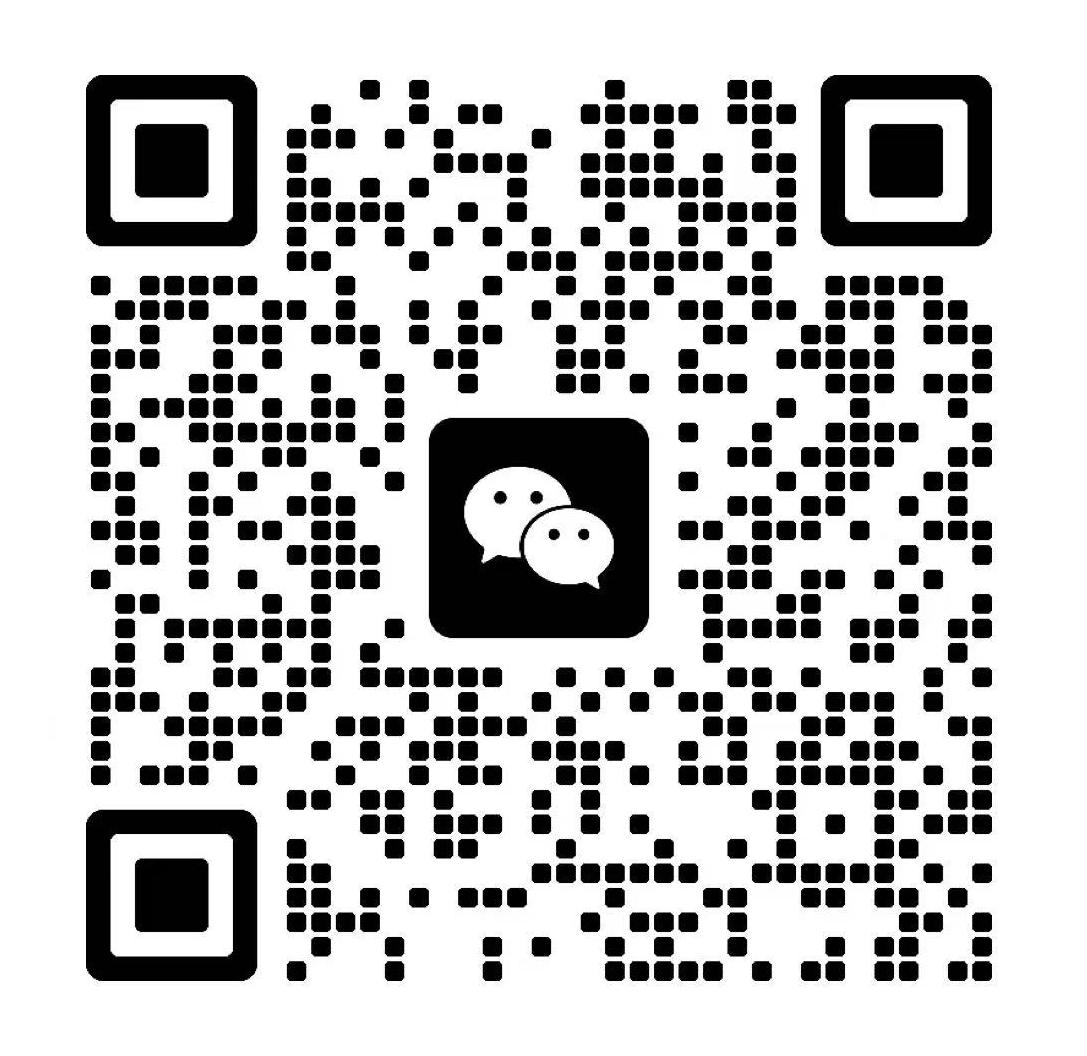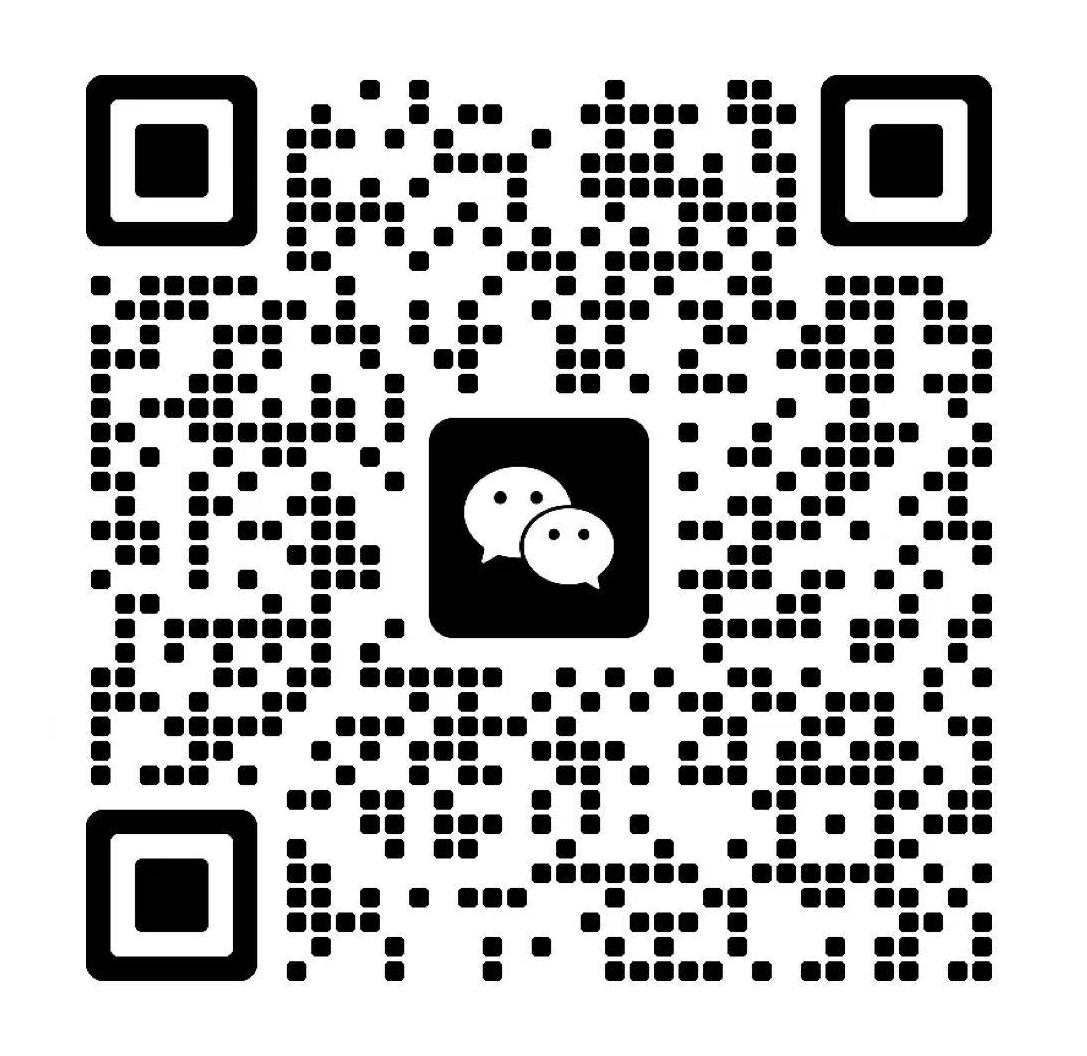Which Wireless Technology Is Used for Long Distance Communication?
In today’s interconnected world, wireless communication plays a critical role in transmitting data, voice, and video signals across vast distances. From rural internet access to international telecommunications, long distance wireless communication ensures connectivity where traditional wired infrastructure is impractical or impossible. But which wireless technologies make this possible? The answer lies primarily in microwave transmission, satellite communication, and radio frequency (RF) systems, each offering distinct advantages for long-range connectivity.

1. Microwave Transmission
Microwave transmission is one of the most widely used technologies for long-distance wireless communication. It relies on high-frequency electromagnetic waves, typically in the range of 1 GHz to 300 GHz, to transmit signals from one location to another. Microwaves travel in straight lines, so line-of-sight (LOS) communication is essential for effective operation.
Key Features:
High Speed and Bandwidth: Microwave links can carry large volumes of data, making them ideal for applications like cellular backhaul, enterprise networks, and video transmission.
Reliability: Modern microwave systems are designed to minimize interference and maintain stable connections, even over long distances.
Distance Range: Microwave communication can span tens of kilometers between relay towers. For extremely long distances, multiple relay stations or repeater towers are used.
Applications:
Connecting mobile base stations in cellular networks.
Broadcasting television and radio signals over large areas.
Enterprise connectivity between office campuses or industrial facilities.
Microwave transmission is cost-effective for medium- to long-range communication, providing high-speed links without laying physical cables across difficult terrain.
2. Satellite Communication
Satellite communication extends wireless connectivity across continents and oceans. By using communication satellites in orbit around the Earth, signals can be transmitted from a ground station to a satellite (uplink) and then relayed to another ground station (downlink). This technology enables global coverage, overcoming geographical obstacles and distance limitations.
Key Features:
Frequency Bands: Common bands include C-band (4–8 GHz), Ku-band (12–18 GHz), and Ka-band (26–40 GHz), allowing for high data rates and wide coverage.
Global Reach: A single geostationary satellite can cover thousands of kilometers, making satellite communication ideal for international and remote connectivity.
Versatility: Satellites support voice, video, and data transmission across diverse industries, from broadcasting to emergency response.
Advantages:
Enables communication in remote or rural areas lacking wired infrastructure.
Supports critical applications such as maritime, aviation, and defense communication.
Provides scalability, allowing multiple ground stations to connect through a single satellite.
Considerations:
Latency can be noticeable, especially with geostationary satellites, due to the long travel distance to space and back.
Weather conditions, particularly rain or snow, may attenuate signals, especially in higher frequency bands.
3. Radio Frequency (RF) Communication
Radio frequency communication is another technology widely used for long-distance wireless links. RF systems operate in lower frequency bands, such as 30 kHz to 300 MHz, compared to microwave transmission. These signals can travel farther and penetrate obstacles like buildings and terrain more effectively.
Key Features:
Longer Range: RF waves can cover tens to hundreds of kilometers depending on the power output and antenna design.
Obstacle Penetration: Lower frequency signals can pass through physical barriers, providing connectivity in environments where line-of-sight is not possible.
Applications: Commonly used in maritime, aviation, and military communication systems, as well as in amateur radio and emergency services.
While RF communication generally supports lower data rates than microwave or satellite systems, its ability to maintain connectivity over vast distances with fewer relay points makes it a reliable choice for many applications.
Comparison of Long-Distance Wireless Technologies
Technology | Range | Data Rate | Key Advantages | Limitations |
Microwave Transmission | Tens of km per hop | High (hundreds of Mbps) | High-speed links, reliable performance | Requires line-of-sight, affected by obstacles |
Satellite Communication | Thousands of km | Moderate to High | Global coverage, ideal for remote areas | Latency, high cost, weather sensitivity |
Radio Frequency (RF) | Tens to hundreds of km | Low to moderate | Obstacle penetration, wide coverage | Lower data rate, larger antennas often required |
Each technology serves specific needs: microwave links for medium-range high-speed connections, satellites for global reach, and RF for challenging terrains and resilient connectivity.
Modern Trends in Long Distance Wireless Communication
Advances in wireless technology continue to improve long-distance communication. Low Earth Orbit (LEO) satellite constellations reduce latency and increase bandwidth for internet services. Adaptive antennas, beamforming, and advanced modulation techniques enhance microwave links to maintain stable high-speed connectivity even in adverse conditions. Additionally, the integration of 5G networks and IoT devices is driving demand for more robust and flexible long-distance wireless solutions.
TuQian Long Distance Communication
TuQian Wireless specializes in cutting-edge long-distance communication solutions. With expertise in microwave, satellite, and RF technologies, TuQian provides high-performance links designed for industrial sites, enterprise networks, remote monitoring, and critical defense applications. Their solutions ensure reliable, high-speed, and secure connectivity across vast distances, even in challenging environments. By leveraging TuQian long-distance communication systems, organizations can expand their network coverage efficiently, maintain operational continuity, and support modern communication needs wherever connectivity is required.
-
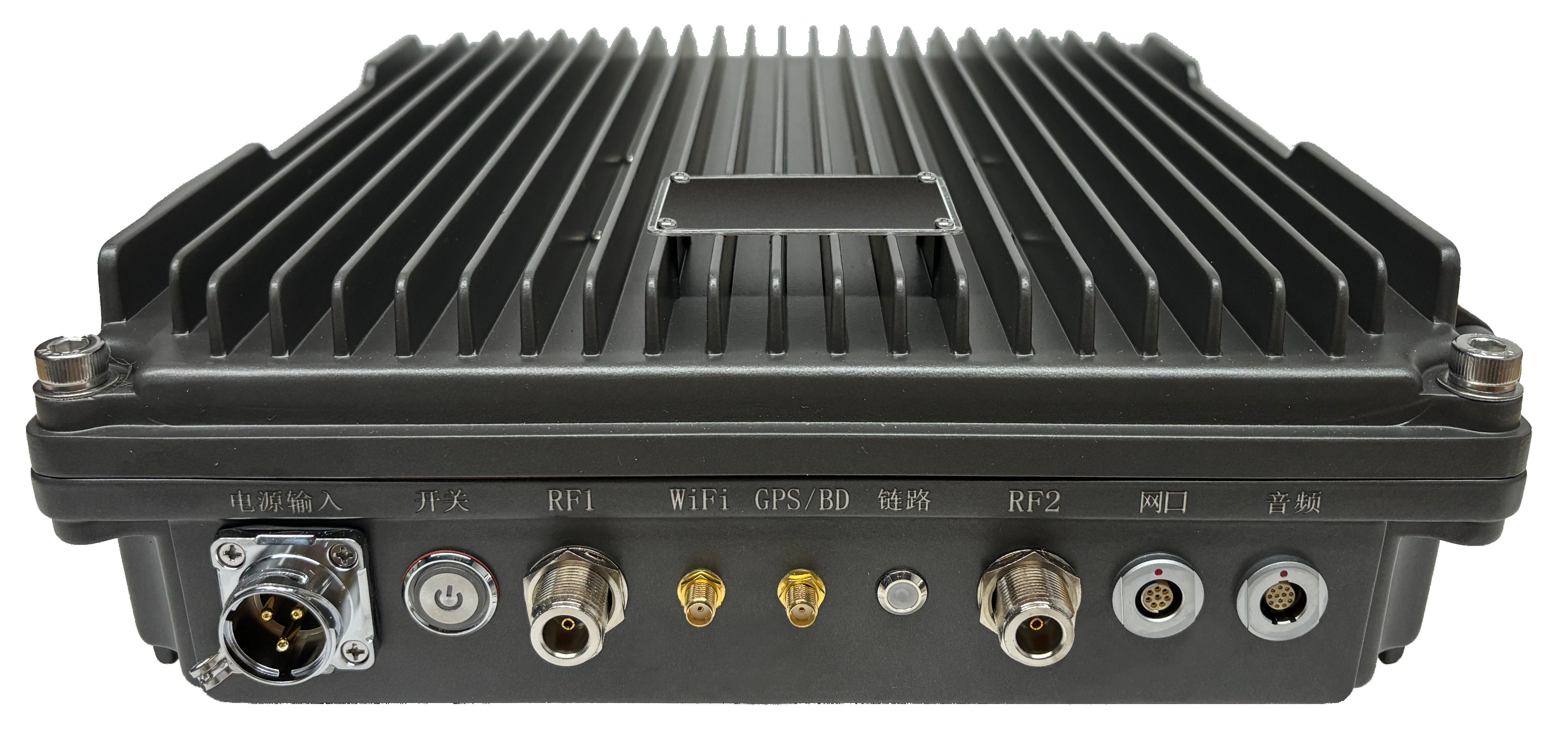 2025-10-28
2025-10-28 -

Applications of IP Mesh Radios in Military and UAV Communication
2025-10-28 -
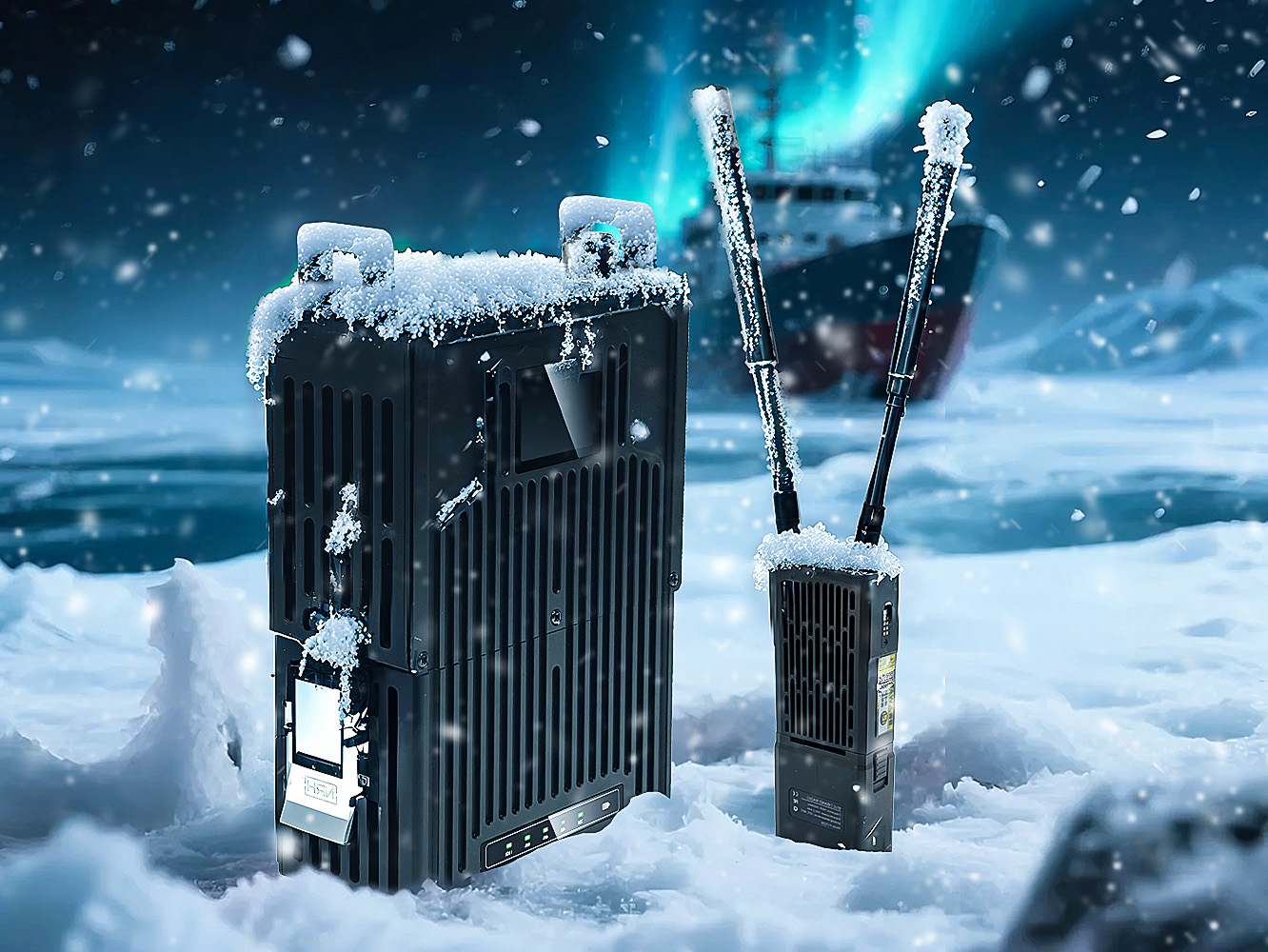
What Is Long Distance Communication and How Does It Work?
2025-10-20 -

What Are the Four Types of Wireless Data Transmission?
2025-09-11 -
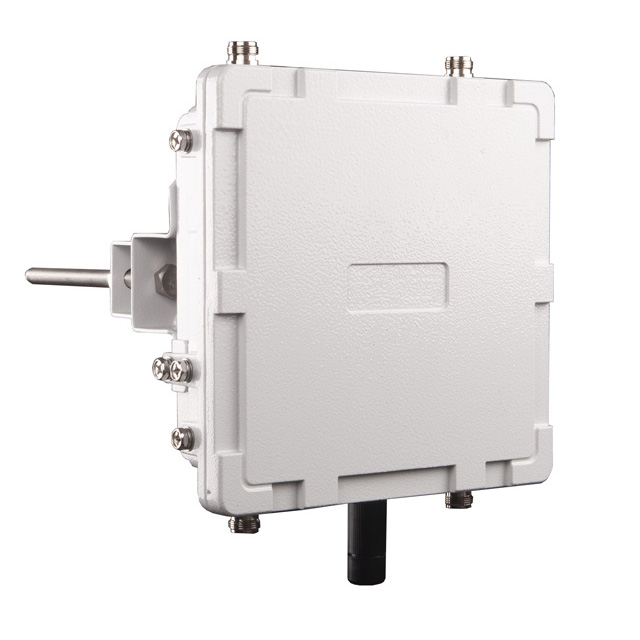
How High-Bandwidth MESH Communication Devices Ensure Stable Wireless Video Transmission
2025-08-28 -

How Does Microwave Power Transmission Work?
2025-08-18 -

What Is Microwave Transmission?
2025-07-30 -

Industrial MESH Networking Equipment Selection Guide
2025-07-18


